“My wife’s grandmother was mad keen on fishing,” says Anthony Wills. And thus, the butterfly effect did its work, and now more than seven million vehicles have worn the ‘Land Rover’ badge.
It’s true: thanks to an angling granny, the mud-plugging moniker was first coined on the remote Scottish island of Islay, which became an unofficial Land Rover testing ground for nearly a quarter of a century.

And so it is that photographer Luc Lacey and I are bound for Islay in a brand-new Range Rover Velar. With us, a 1967 photo of a white-haired, flat-capped Spencer Wilks – then president of Rover – fording Islay’s River Laggan in chassis ‘100/1’, first of the 100in-wheelbase station wagons that would become the Range Rover. The top-secret 100/1 was badged ‘Velar’, from the Latin velare – to veil or conceal.
But despite Range Rover’s present-day synonymy with opulence, the original was relatively spartan. And the modern Velar’s monocoque has more in common with Jaguar’s Jaguar XF and Jaguar F-Pace than its Range Rover stablemates. So, with its lavishness and saloon-derived underpinnings, can the Velar not only take us to Islay in cosseted comfort, but also tackle the rough stuff once we’re there?



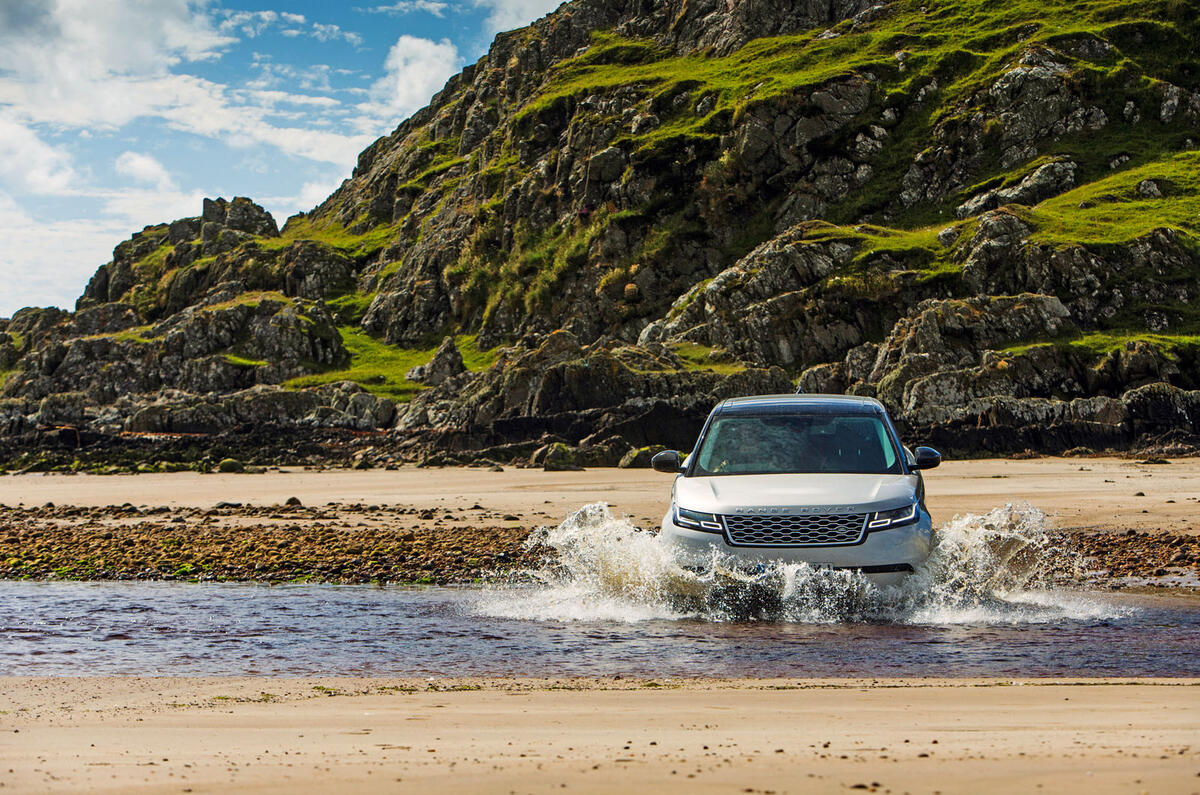
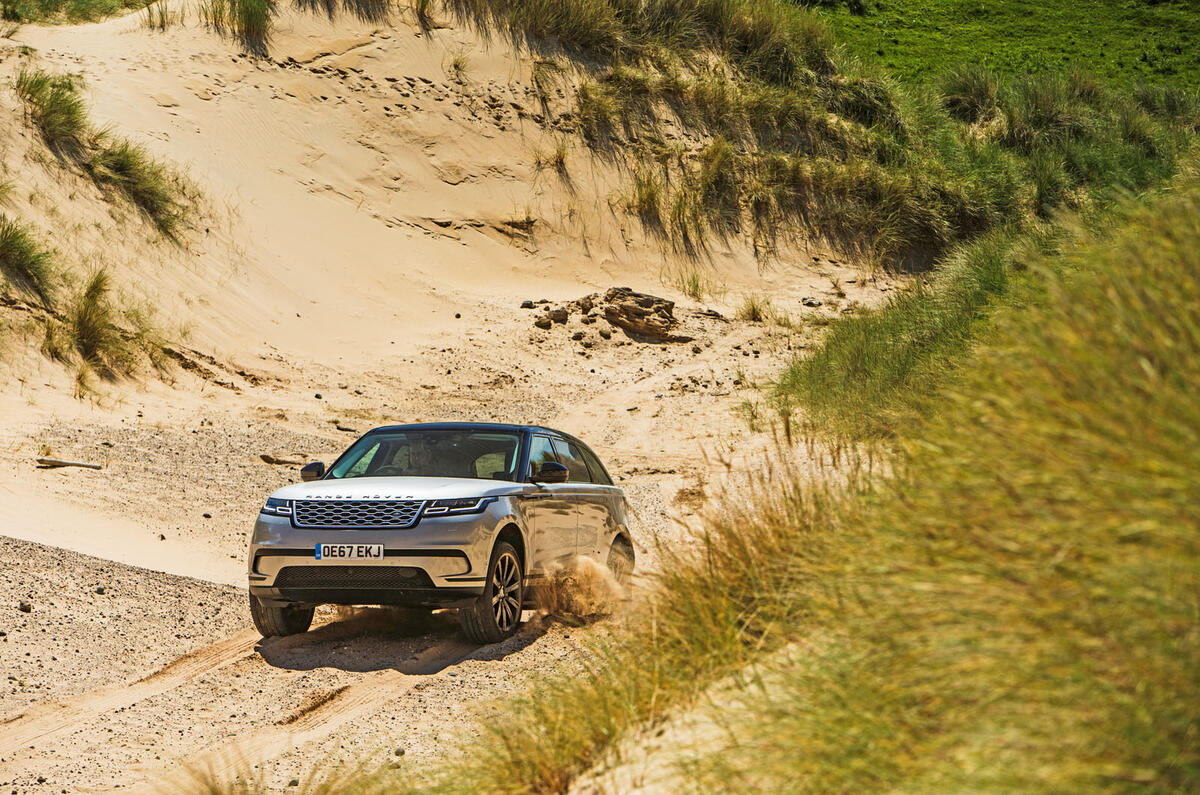
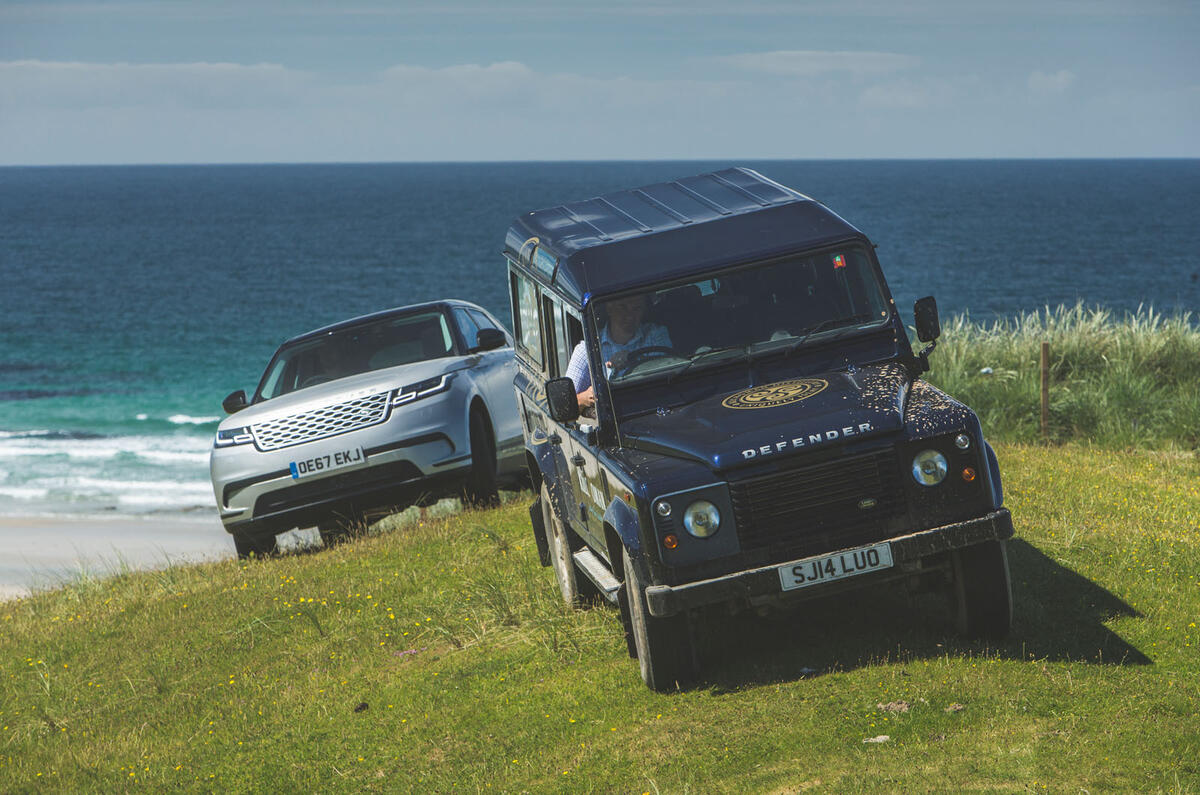
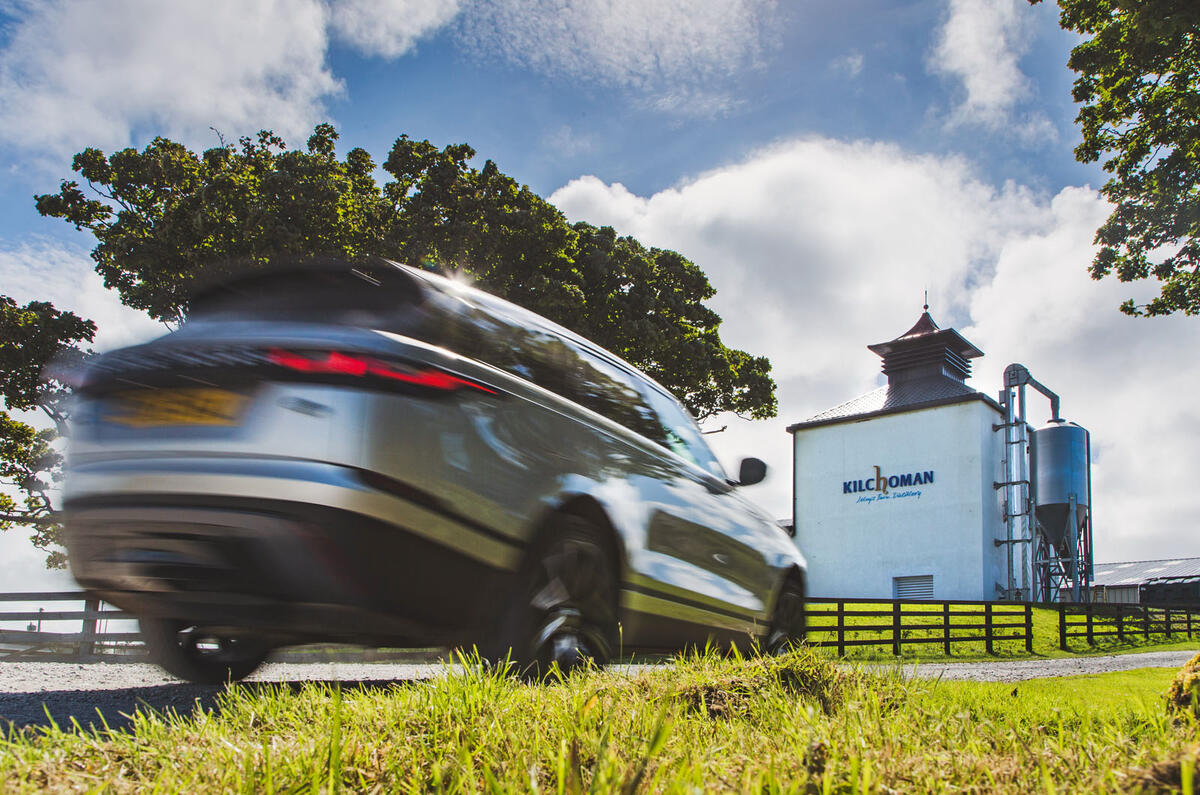

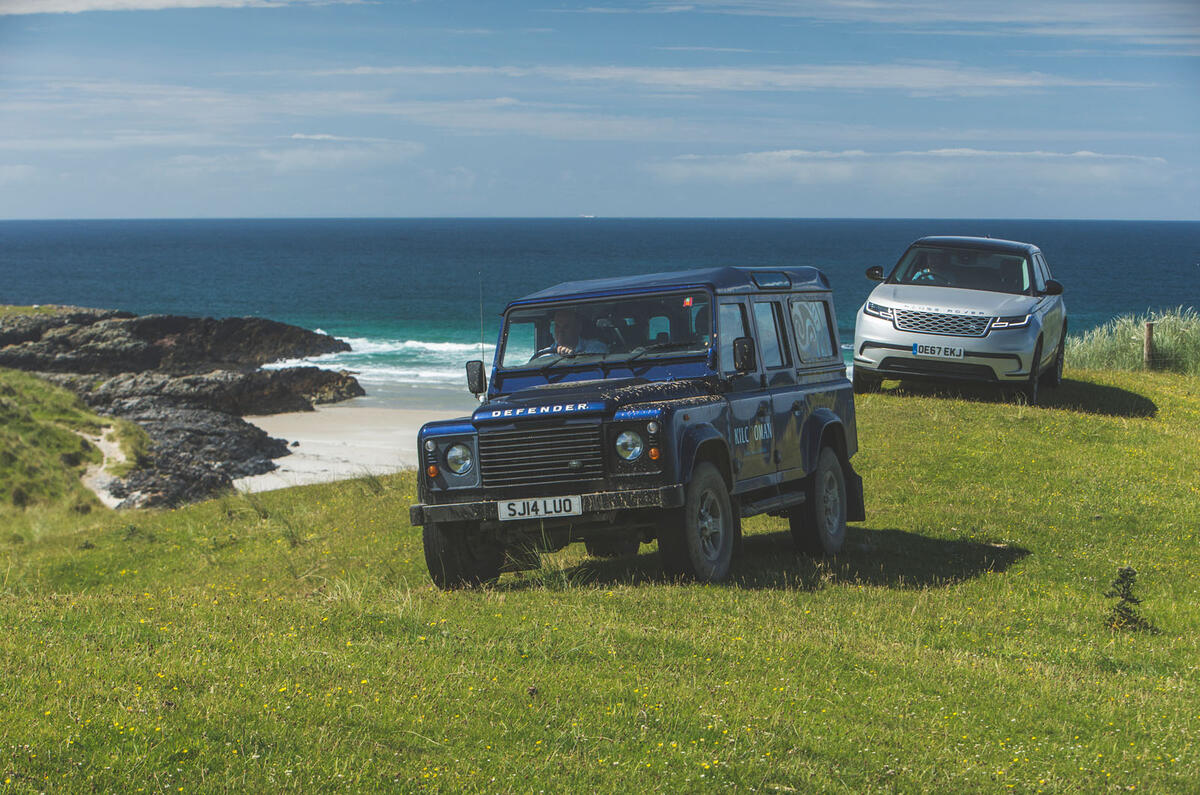
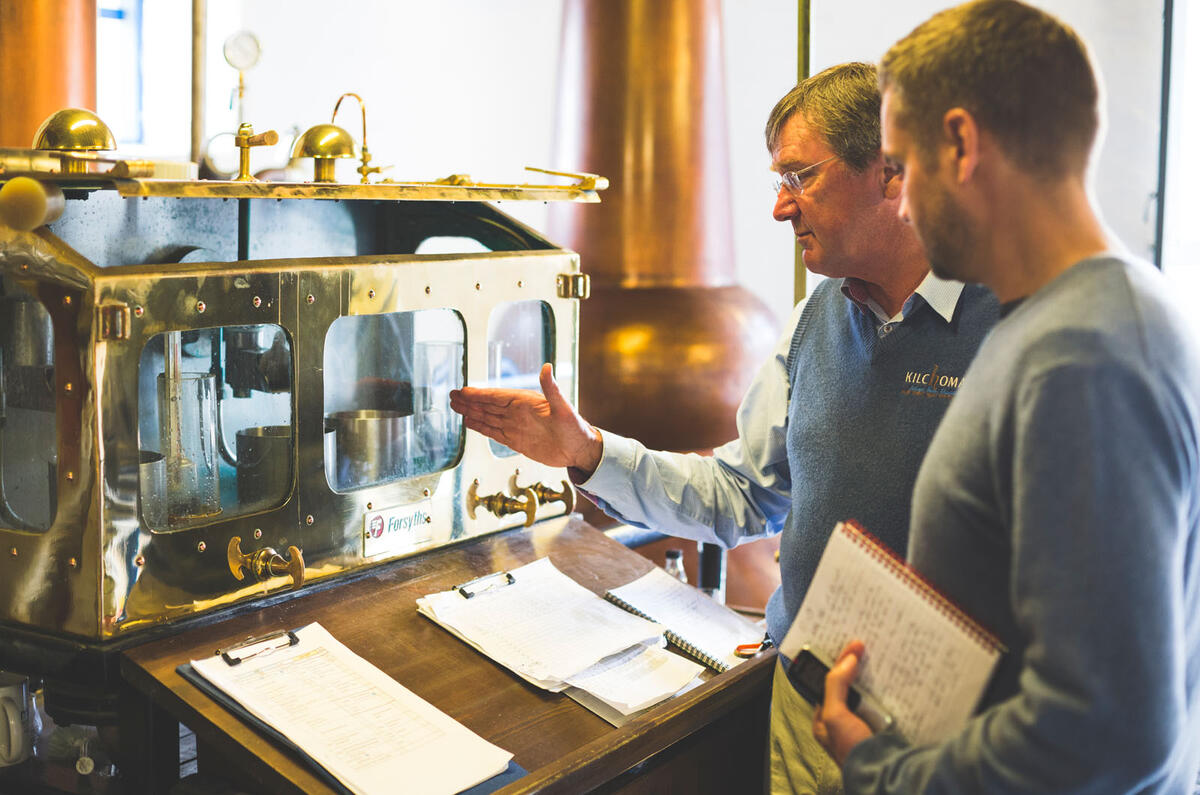
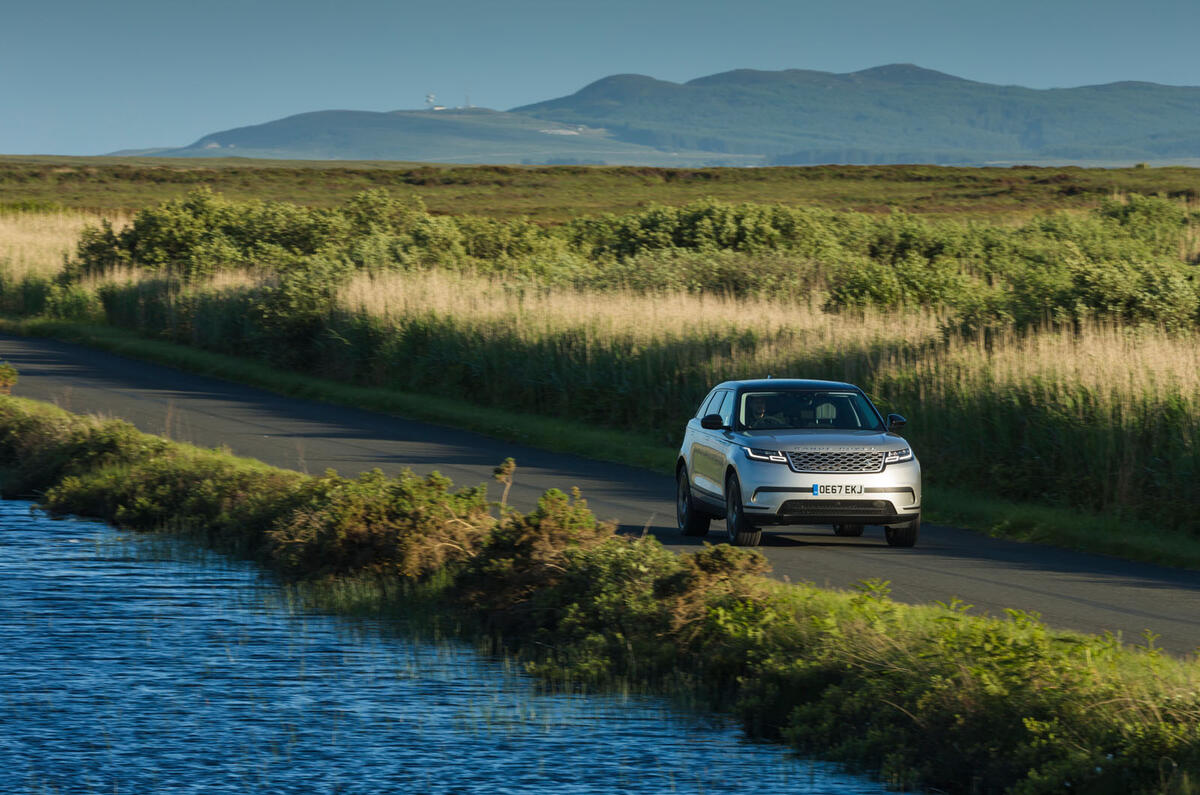
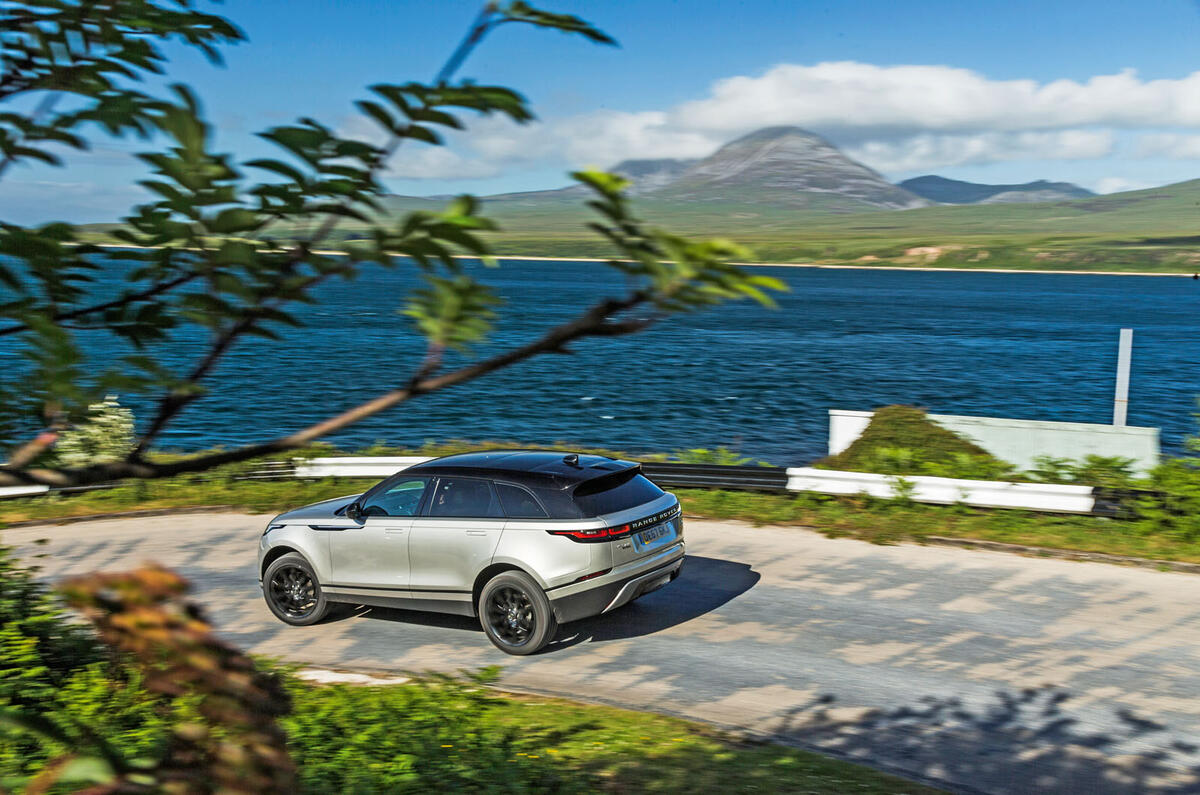
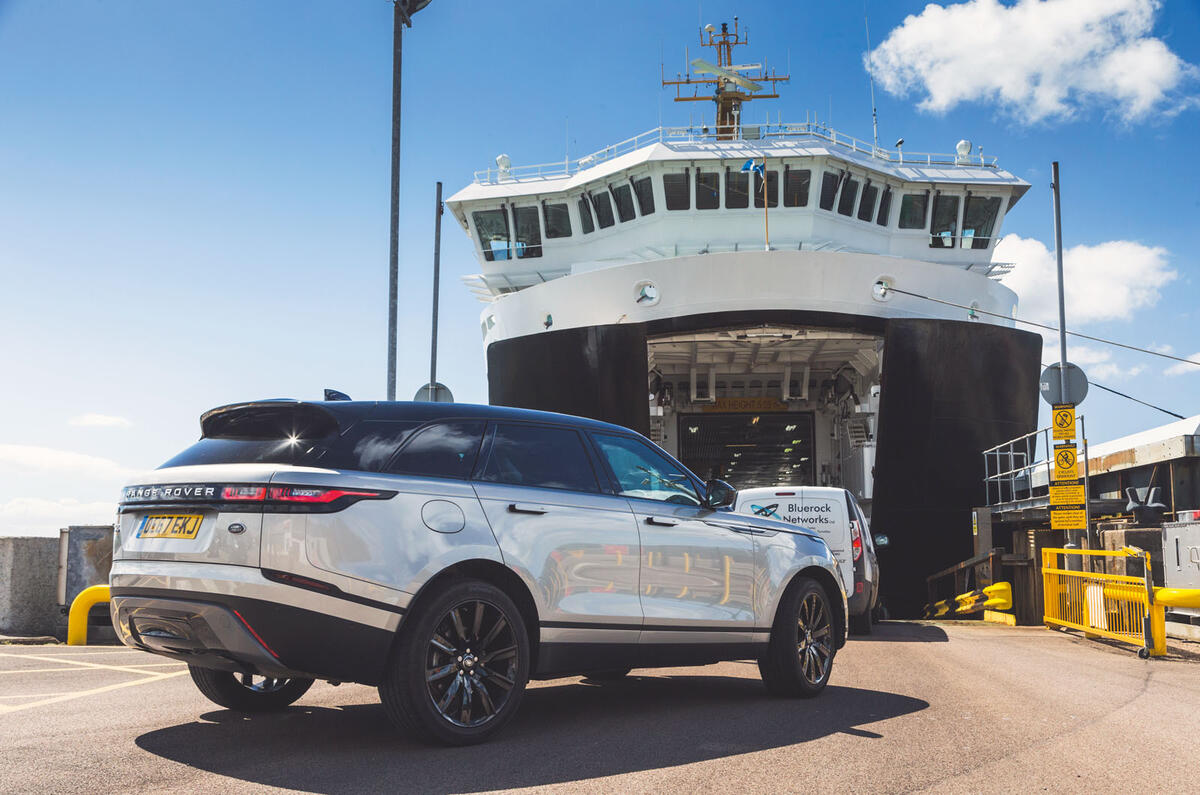

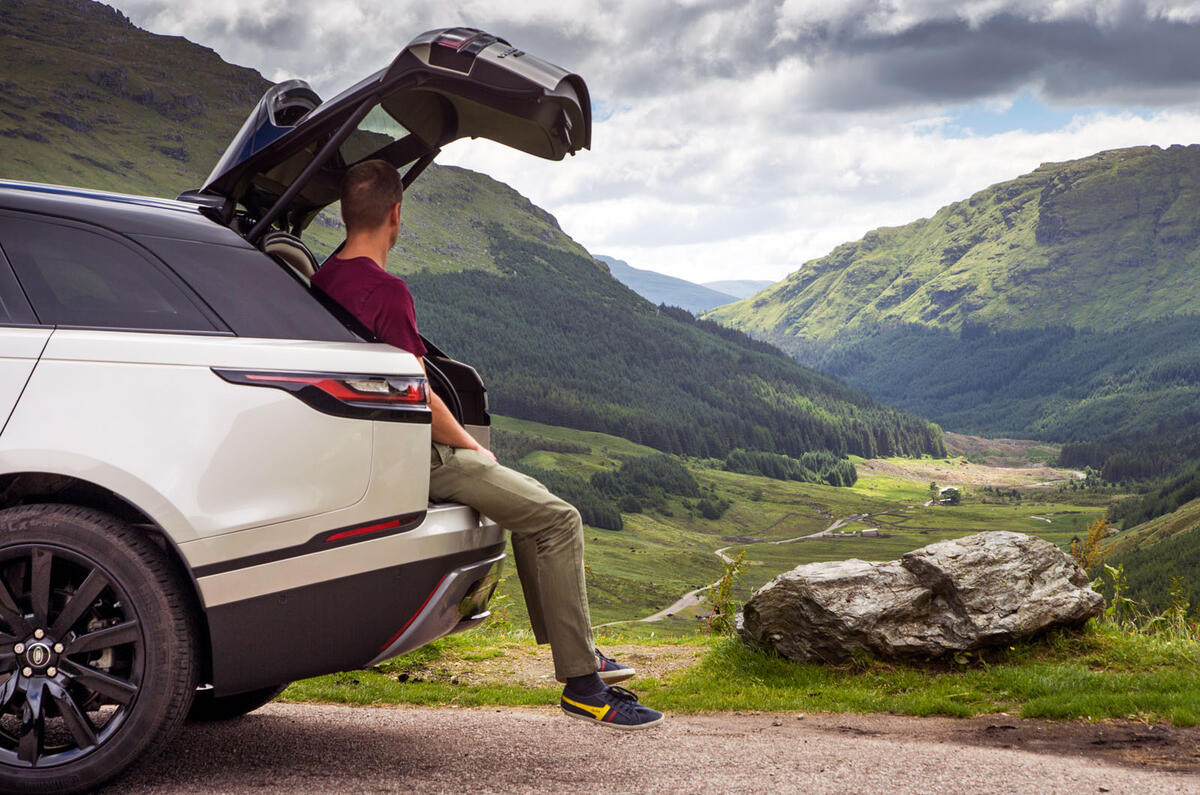


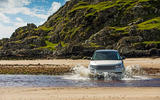
























Join the debate
Add your comment
Even Landcruisers are not infallible
I Know someone with one and had persistent problems with starter motors over 6 months,otherwise they are reliable but verybasic ion a par with a truck and not the luxury of a RR as they are simple compared to the complexity of rr's.
Missing the point?
Surely the world has moved on since Land/Range Rovers had to scale mountains, ford rivers and plough through Green Lanes?
Lambo58's RR may have failed in the outback where a Landcruiser succeeded, but the Toyota would fail miserably as a chauffeured vehicle in London where there are literally thousands of RR Autobiographies pounding the streets.
Likewise in the leafy lanes of Surrey/Sussex/Herts where the hardest work they do is to get off the gravel drive under 1" of snow.
They have become elevated above the bog-standard mud-plugger to become Mercedes/Bentley/RR alternatives, something Toyota can only dream of for the Landcruiser.
What a sad tale lambo58
What a sad tale lambo58,but sadly believable. Just to add some balance, I have a 2011 Discovery Van, which I use predominently for towing my track cars, it's cover 92 thousand miles and has only ever had a rear wiper switch fail, I replaced the suspension bushes with the excellent items made by Powerflex and it just works beautifully. Just back from a late in the season track day at Spa Francorchamps, effortless towing of a quite large Brian James box trailer. Also amazingly there is not a single audible rattle in the the cabin, the whole car has been way beyond my expectations.
Glad to hear you have been so
Glad to hear you have been so lucky, long may it continue but I am afraid that my loyalty now lives with Landcrauiser, I wish it wasnt so.
Us brits and I still consider myself to be a brit are lost as to why we cant seem to get it right, but if you live out here as I do most of the year you want to be safe in the knowledge that if I let my eldest daughter travel drive into the outback in the Cruiser she has a better than 50/50 chance of getting back safe.
I cannot risk that on a vehicle that only the most hard core anglophiles out here buy and then only or because they want to show off in the city and are near a tow staion.